Front Street History
by Scott Millsop
Front Street is a work space. It is a lot of other things too. It’s a landmark. An evolving artifact of several earlier ages. It’s a sort of village square, a gathering place. It’s been like that for different villages. Front Street is a backdrop, it’s the scene of memories ranging from assembly lines to political rallies, wild raves, rad tricks and wipeouts and blackouts and insights and flow. Front Street is experienced. The place is old. The sort of old that nobody alive remembers it being built. There are places inside that no one has seen since the last century and it’s likely that there are some hidden corners not seen since the century before that. But it is always lurching toward the future with different sorts of emerging energy. It is most certainly part of the now. But really, it’s just a work space.
We work at the Front Street Buildings. That’s what you feel here.
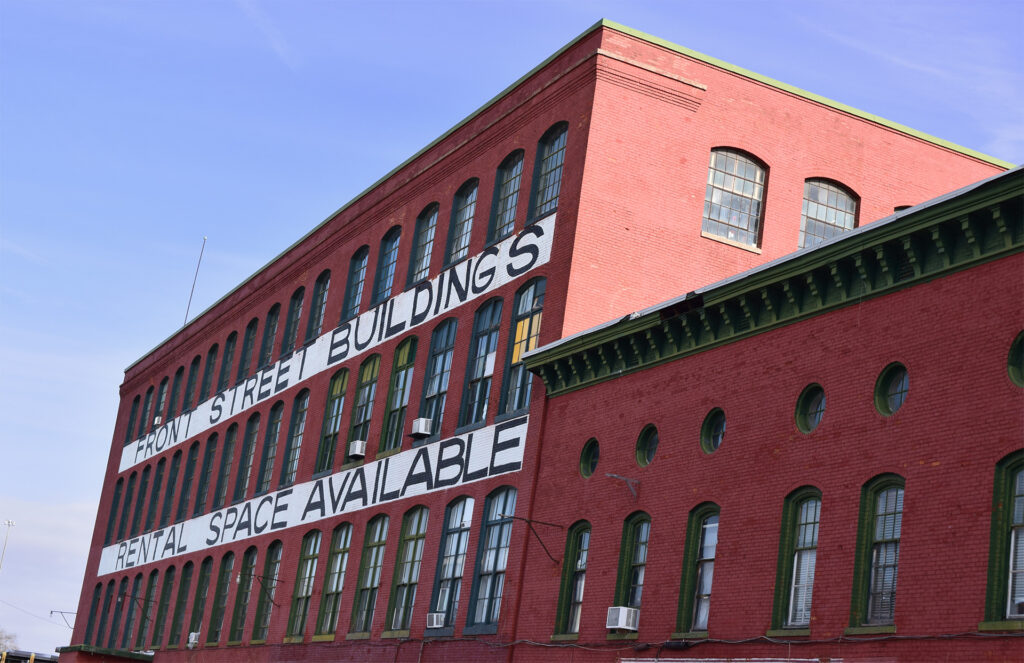
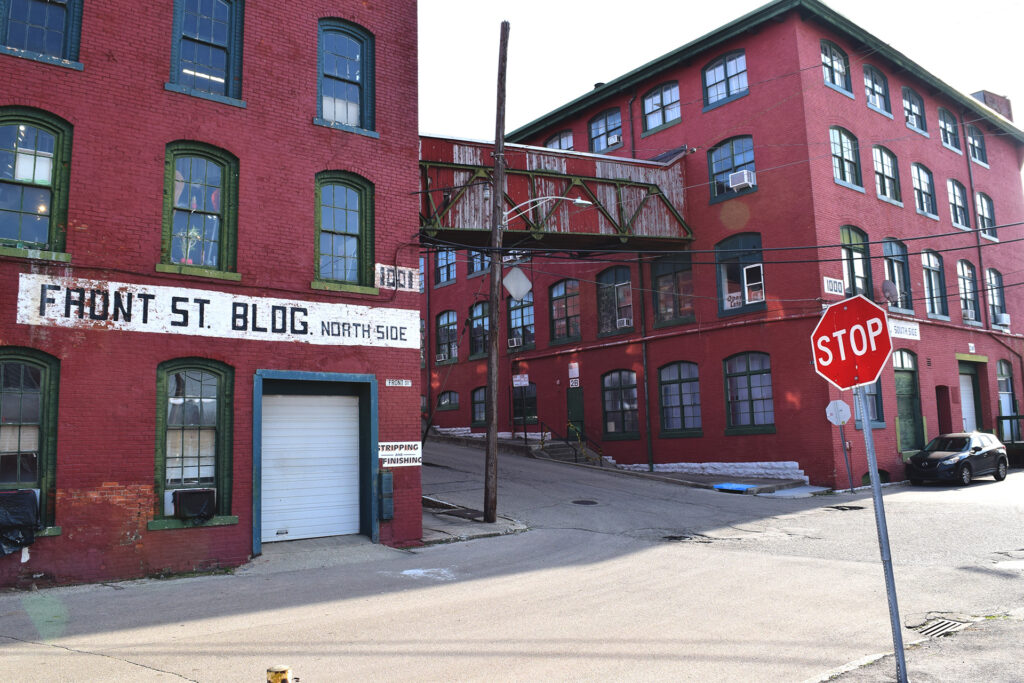
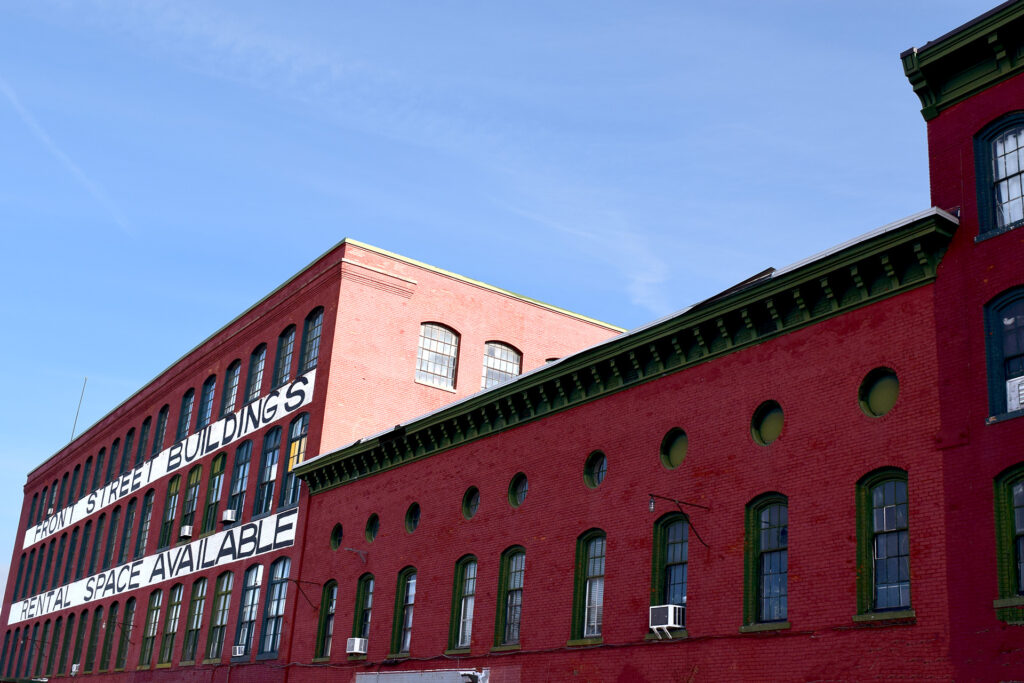
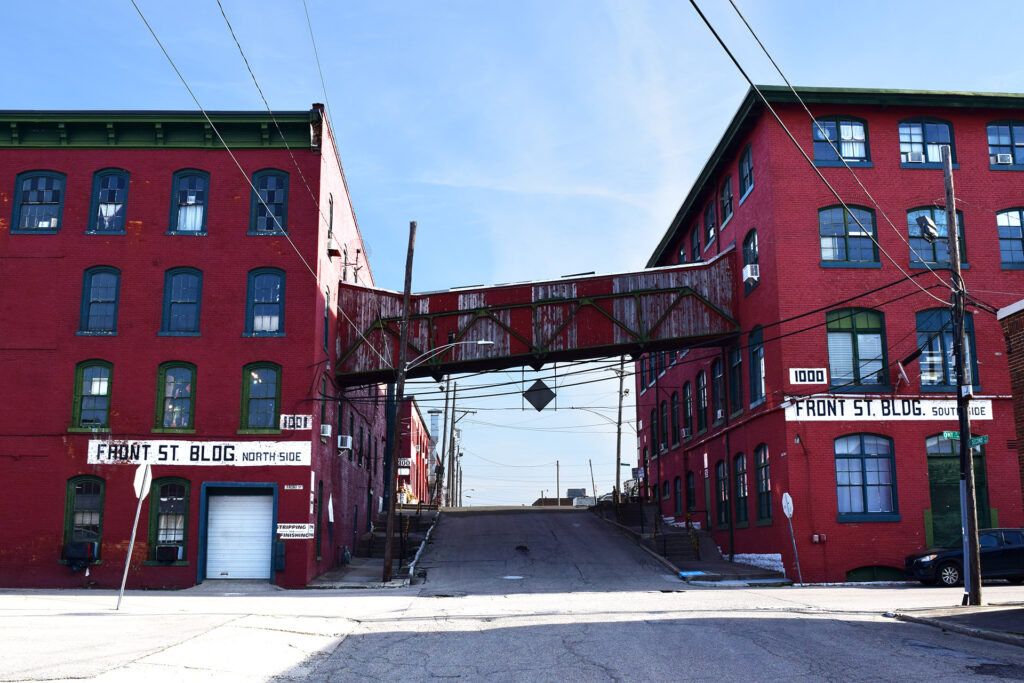
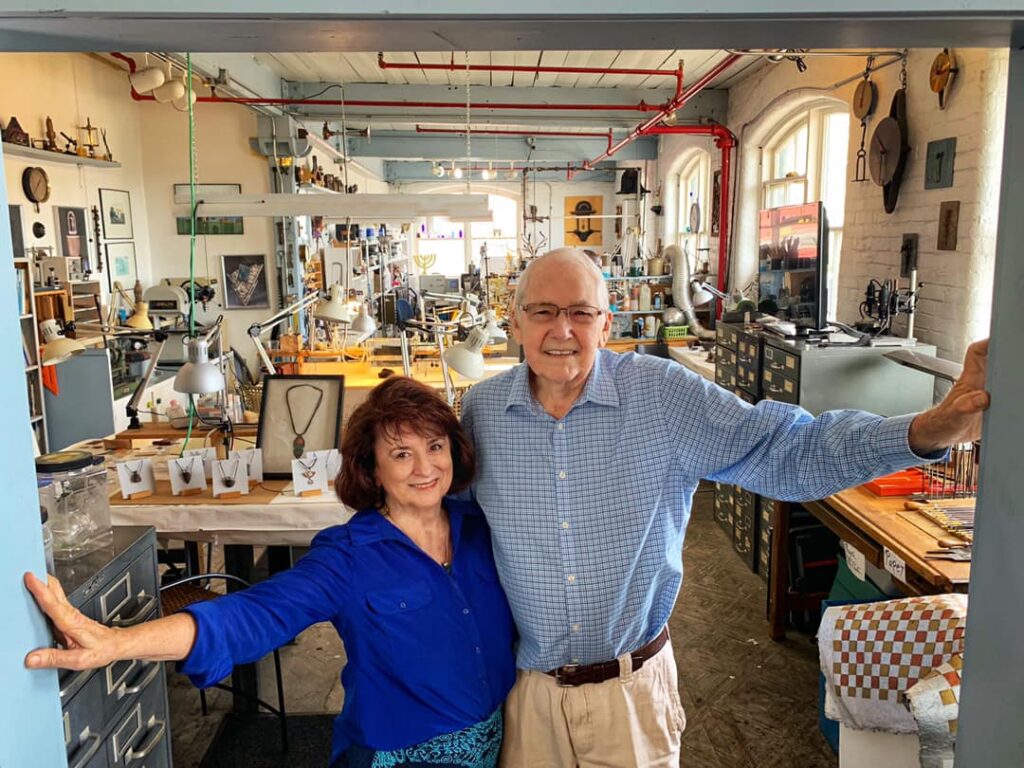
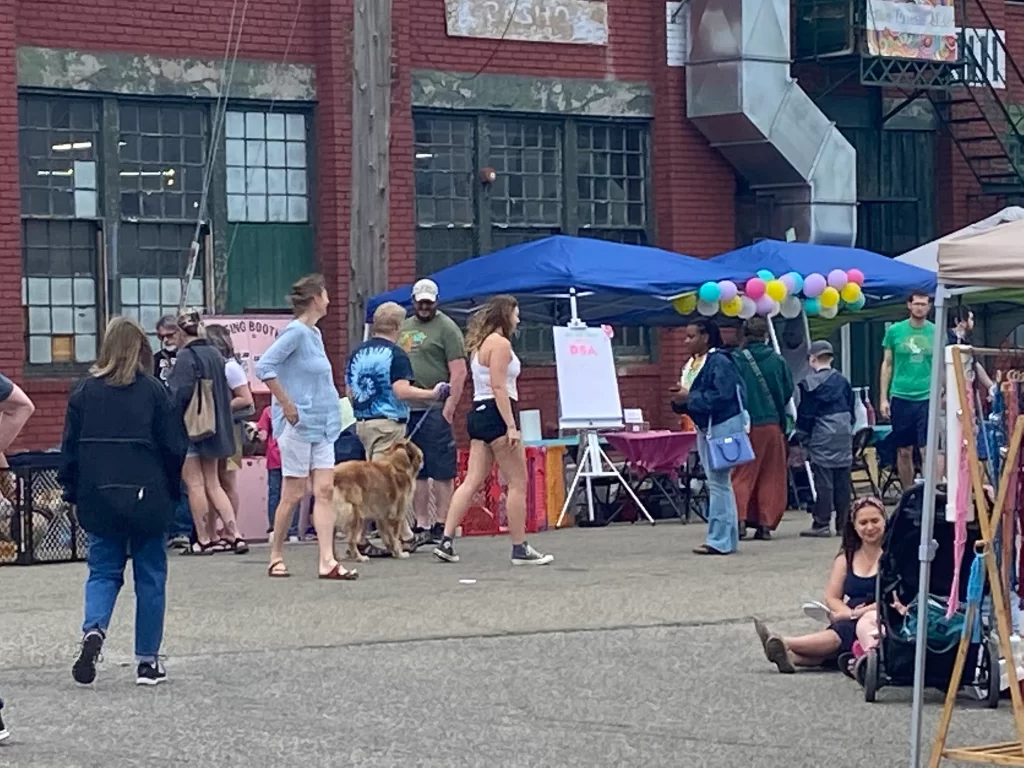
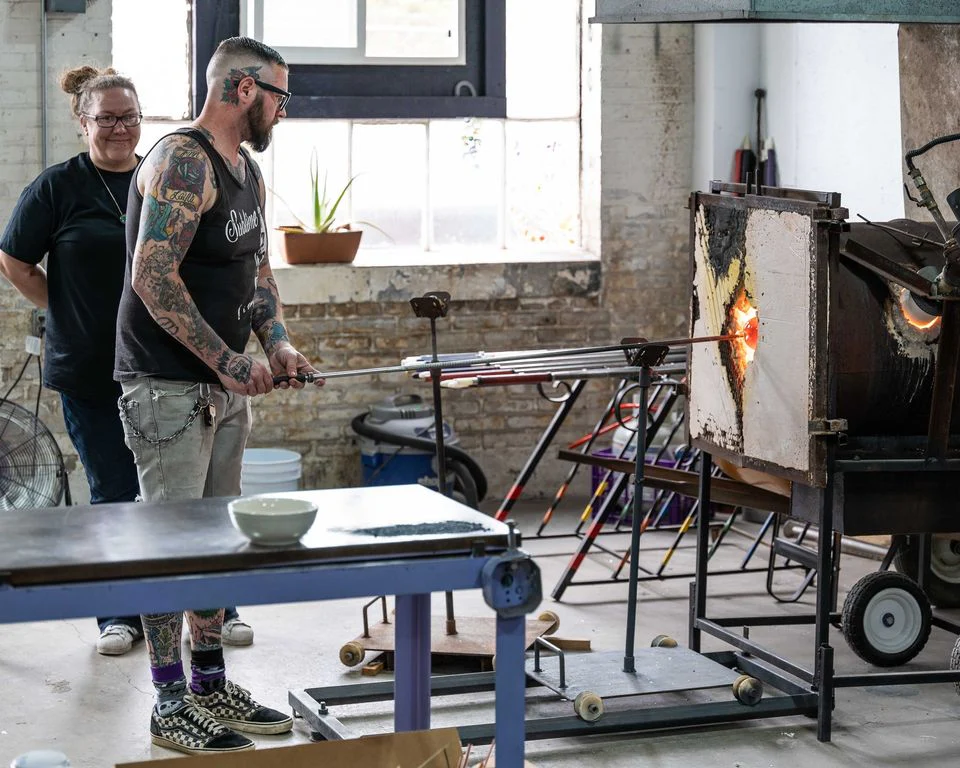
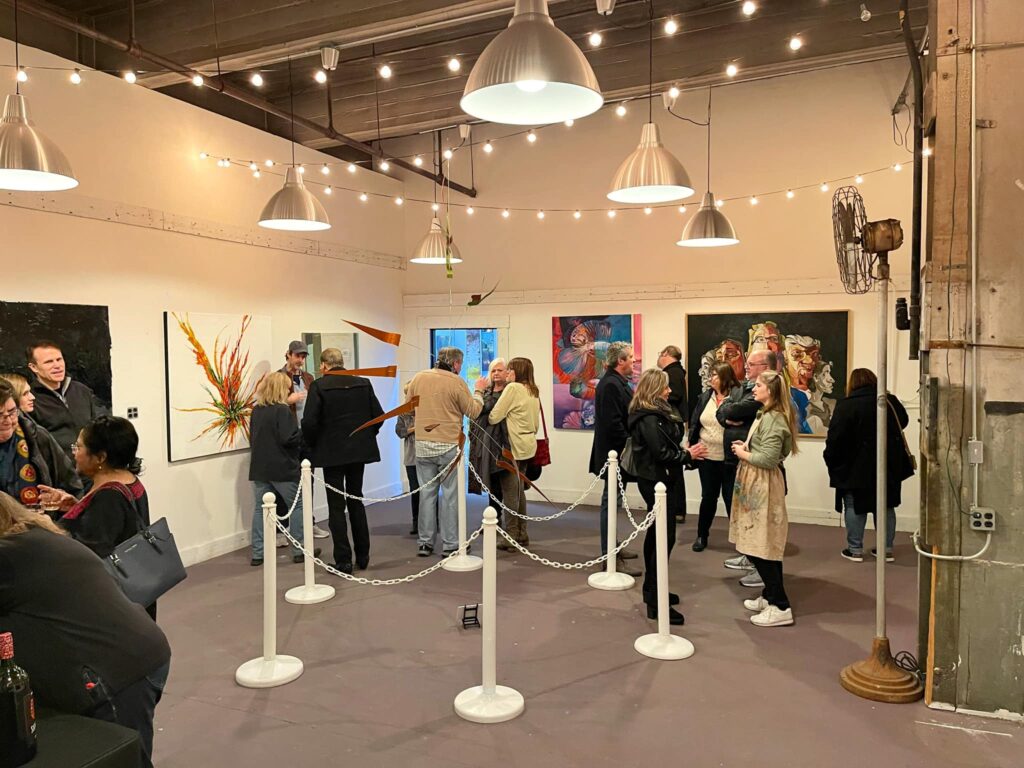
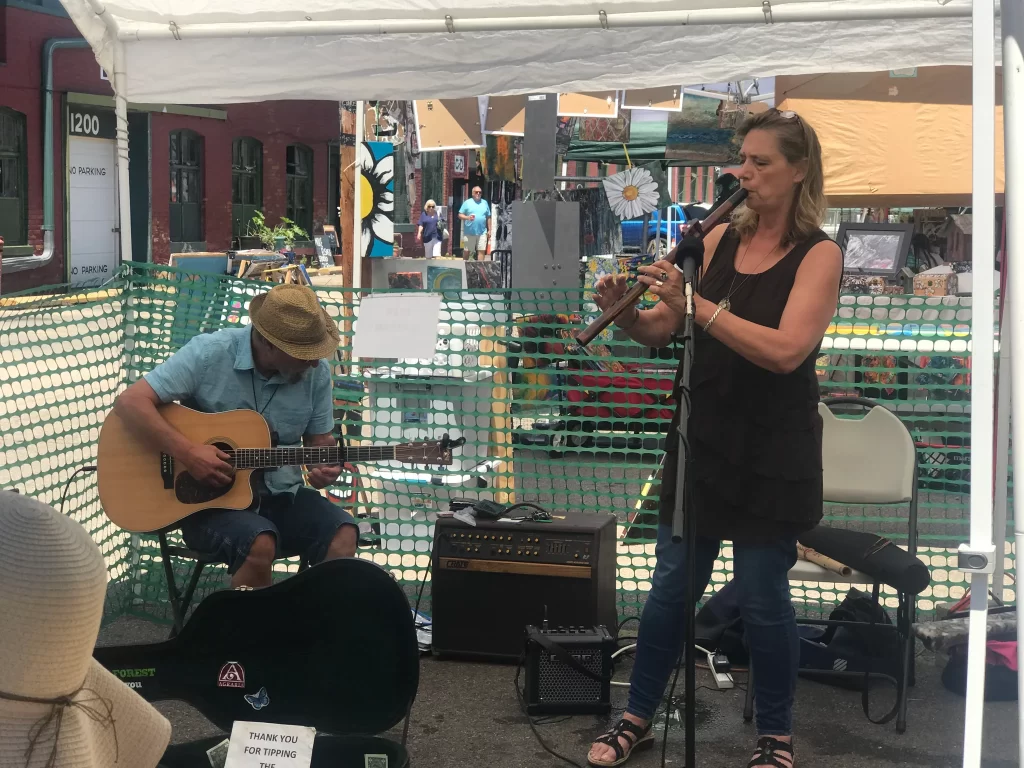
Front Street is also a street. It’s only two blocks long and it doesn’t actually end anywhere, it just flows into a parking lot which gradually becomes gravel. It wasn’t always a street. It only became a street for lack of a better idea. For a long time it was a canal. It carried water to turn wheels and more wheels and levers and stamping machines. Back then the building was powered by Dayton Hydraulic. Even the water got to work at Front Street 100 years ago. It delivered it’s awesome power and then moved on to bigger rivers without leaving any waste in its wake.
Arts and products left Front Street and went to every big city and most small towns in the world. This was the place where all of the U.S. Governments mail documents were created. Dust and sweat and DNA from the workers flowed out from this place on the millions upon millions of illustrations and letterhead papers and envelopes and went everywhere. If you were to draw a diagram of it all, there would be an outflow from Front Street that covered the Earth like a web. That was Mercantile corporation. Most of the workers were women, well before the mid-century trend of employing women in factories because the men were all at war.
Mercantile was among the first large corporate entities. That’s part of the Front Street history too. Mercantile had the contract to do all of the printing for the US Post Office. At one point the contract was awarded to a different company. So Mercantile bought that company. And closed it. And kept on running at Front Street.
Much of the early history of large-scale manufacturing took place here. There were hundreds of workers at Mercantile. There were many other companies around Dayton, all taking advantage of the power of water.
The water had its say on the subject in 1913. It was eight feet deep at the west wall on Front Street. The flood was a turning point for the whole area. A half mile to the west on Third Street the water was deeper still but it was a subsequent fire that took out the whole area. We kept working. We switched to steam power, then electricity. We changed transportation and shipping to trains instead of canal boats. Then the canal was no longer needed, so we filled it in and that is Front Street today.
We could stop there and call it a life story. It’s a start and end history with all the narrative peaks and valleys. But it doesn’t end there. It doesn’t end at all.
In the 1960’s Front Street became one of the original business incubators. They didn’t call it that, but small makers and crafts people were encouraged to pool their energies in this place and there it came again. Work. Work with a purpose. People’s dreams being enacted.
And speaking of dreams, that’s when the hippies came. It’s fair to say that developments in this era were not well organized. But it was all very colorful and loud when Front Street became a communal hangout. Some people lived there. Other people just crashed there. At least one person who slept in her car back then has a thriving gallery space here now. Plenty of people spent their weekends on site. Vibrant. That’s a word for this period. It wasn’t automatic. They worked at it. A few years ago the repair crew pulled up an old carpet and under it was a mandala painting, no doubt from the communal era. The decision was made to preserve it. It’s still there.
Then the skaters came and for a while in the 80’s and 90’s Front Street was a capital of skateboard culture. The media would have you believe it was an all-California thing. But no. There were ramps in the corridors and bowls in the big rooms, ledges lined the walls and we can only speculate what happened in those still daunting stairwells. Alien Workshop, a fabled skateboard brand from 1990 grew up at Front Street. They’re still around and they’re leading a renaissance of skateboarding even now. They’ve always been leading a renaissance of skateboarding.
The skateboarders chased the hippies away and the current crop of artists caused the skateboarders to relocate. There is a shop in The Annex run by a young guy who repurposes old skateboards into decorative items. There is a 10 gallon bucket outside his shop door where people come to drop off old skateboards to assume an afterlife as coasters and plaques and bottle stoppers.
He’s just one of 150+ artists who work or show their work at Front Street. We’re now known as an arts community. But here again is where we talk about work. When people picture an arts district, they often think of galleries and openings, soft music and wine. People in proper attire studying artworks and making comments. And to be sure, there are openings at Front Street. It’s been First Fridays and Third Sundays for a while, but that changes. In any case, it’s just a couple of days per month. The rest of the time it’s all about working artists which, if you really appreciate art, is a much more interesting environment.
There are painters working on small scales and large scales. There are artists who work on large sheets of metal. There are kilns in the corner in lots of rooms. Glassblowers work and put on shows and teach. Sculptures work on wood. Found art curators fashion assemblages. There is a gallery that is the only U.S. participant in a multi-city, multi-continent collection at the forefront of an emerging movement. On show days there is music in the corridors.
We have worked through the eras. Implemented big ideas. We’ve been a world class arm in arm workforce. When individualism was the play, Front Street was the stage. We were the home base during a rush of wheels to nowhere. We restore beauty in old furniture. We summon beauty out of sand and light and driftwood.
The new energy is healing arts. Being as artform. Art as experience. Participation. Everywhere is a creative outpouring that is astonishing. Some days there are crowds moving through the corridors. Very often, it is their first time here. You hear – in the voice of discovery – someone saying “Oh my gosh! What is this place?”
It’s a workplace.